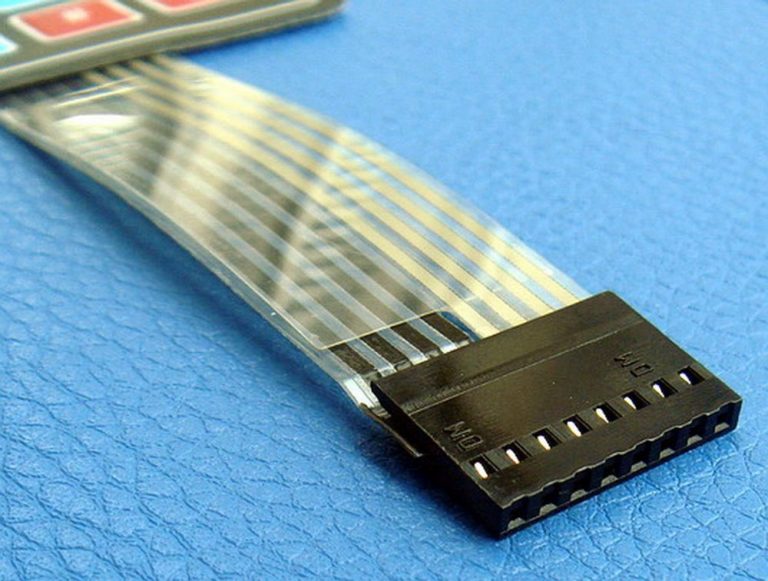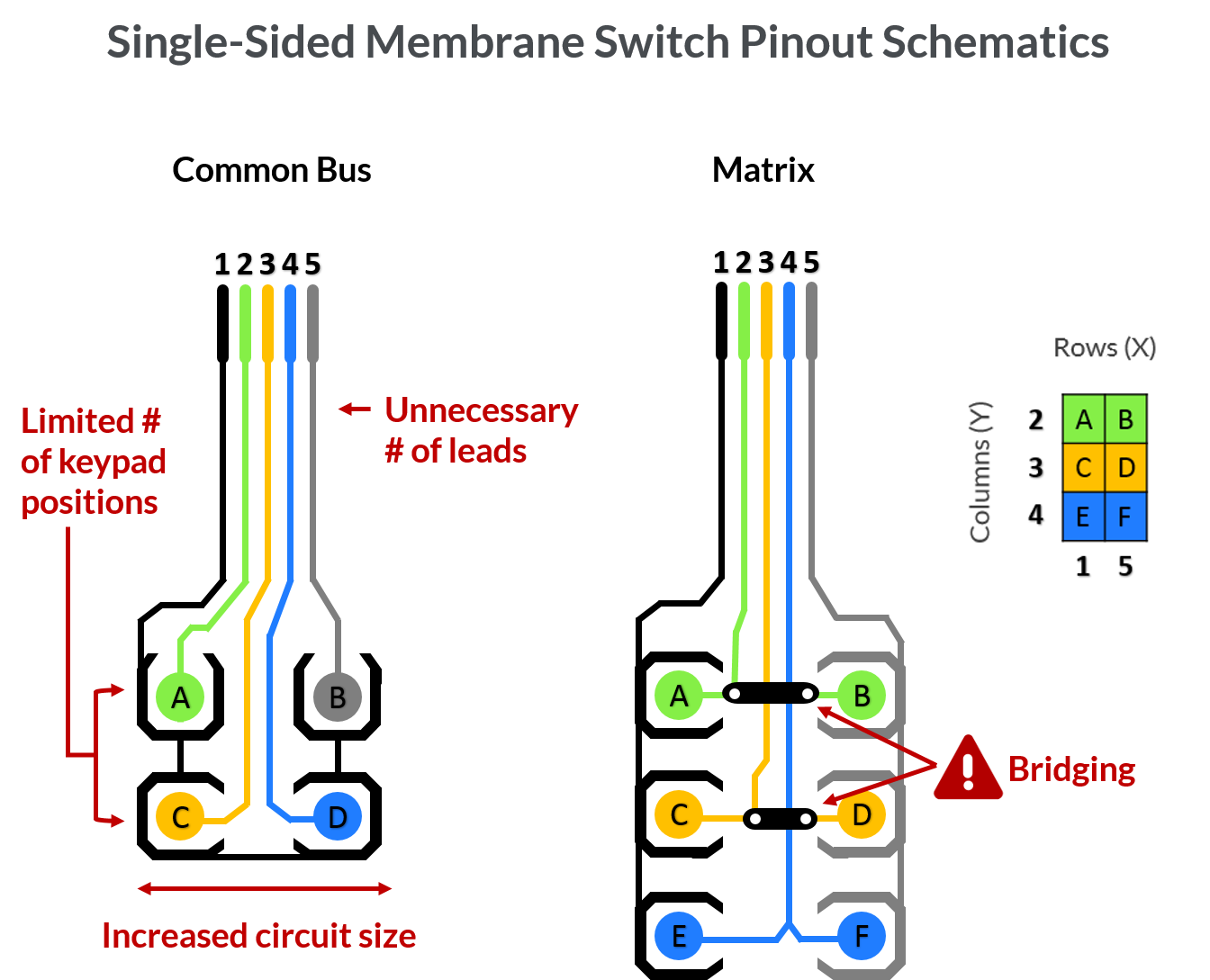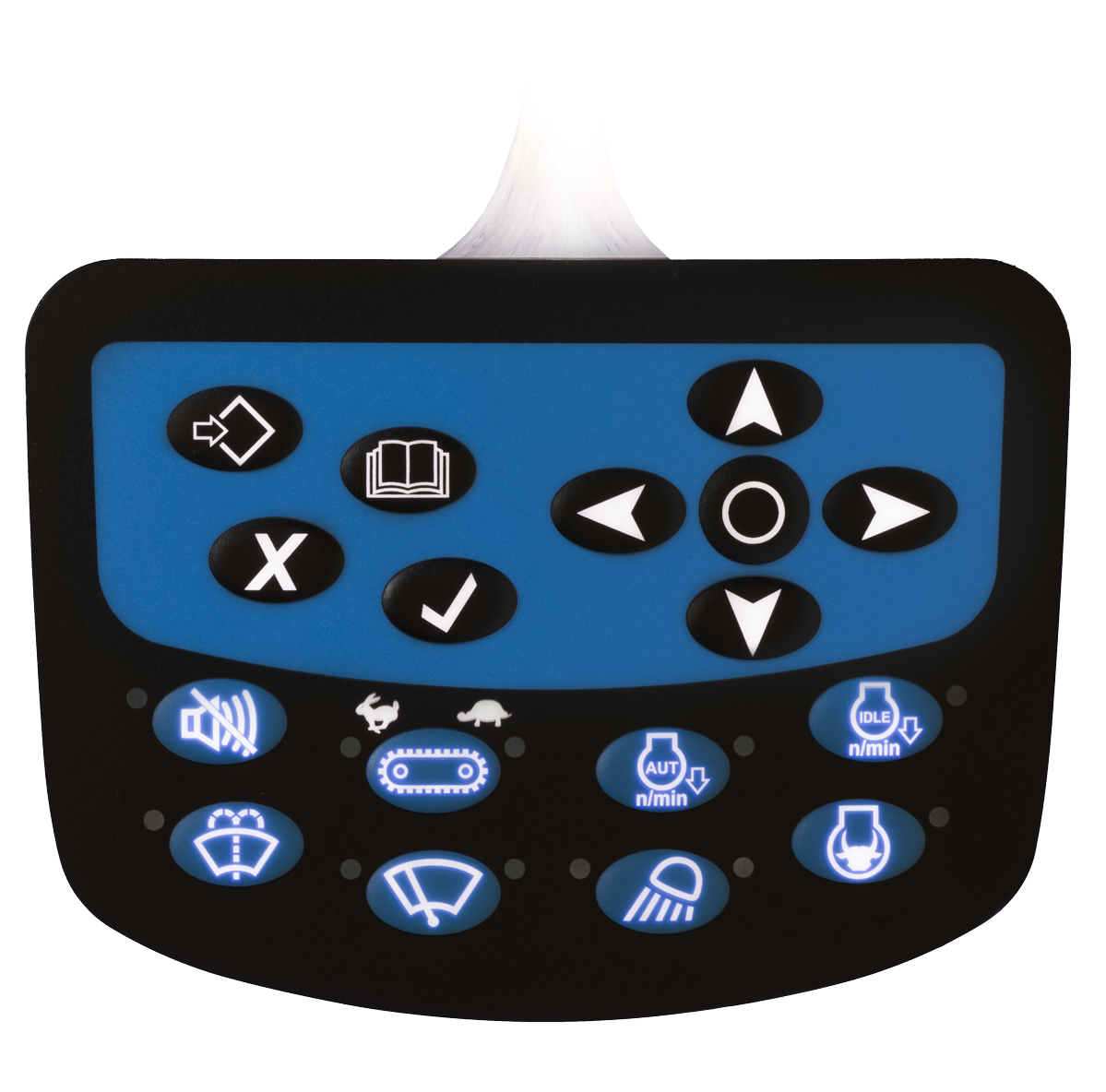A Comprehensive Guide to Membrane Switches for Product Designers
A Comprehensive Guide to Membrane Switches for Product Designers
Blog Article
Comprehending the Importance of Membrane Switches in Interface
Membrane buttons are indispensable elements in the design of effective customer interfaces, facilitating not just capability however also boosting aesthetic allure and user interaction. As we check out the different benefits and future fads associated with Membrane technology, it becomes clear that these buttons are much more than simply parts; they stand for a merging of innovation and practicality.
What Are Membrane Switches?

The spacer layer, which has sticky properties, permits the splitting up of the circuit layer from the overlay, making certain that the switch stays in a non-activated state until pressed. When pressure is related to the overlay, it presses the spacer layer, linking the void and finishing the circuit in the underlying layer. This design not only lowers the physical space needed for standard mechanical buttons yet additionally boosts the sturdiness of the device, as Membrane buttons are generally immune to dirt, dampness, and other ecological variables.
Commonly discovered in applications ranging from customer electronic devices to clinical gadgets, Membrane switches are indispensable to contemporary technology, providing a effective and user-friendly user interface that lines up with modern layout requirements.
Advantages of Membrane Switches
While many button modern technologies exist, Membrane Switches deal unique benefits that make them specifically preferable in numerous applications. One of the main advantages of Membrane switches is their small style, which enables for space-saving applications in gadgets where realty is restricted. Their slim account not just boosts visual appeal yet also facilitates light-weight building and construction.
Another considerable benefit is their resistance to environmental factors. Membrane switches are usually secured against dampness, dust, and impurities, making them excellent for use popular settings, such as medical tools and industrial tools. This durability expands the life-span of the switch, minimizing upkeep expenses and enhancing reliability.
In addition, Membrane buttons can be tailored to meet details style demands, incorporating special graphics and shades that improve customer interaction. Their tactile comments options can also be customized to supply a satisfying customer experience. Furthermore, Membrane switches are cost-efficient, especially in high-volume applications, as they can be created efficiently.
Applications in Different Industries

In the customer electronics field, Membrane switches prevail in tools such as microwaves, washing makers, and push-button controls. Their responsive responses and visual alternatives enhance individual experience while giving a sleek, contemporary appearance. In addition, automobile suppliers use Membrane buttons in control panel controls and infotainment systems, where space is limited, and user involvement is vital.
Furthermore, the industrial industry leverages Membrane switches in control panels for equipment and tools, permitting user-friendly procedure in commonly extreme atmospheres. Their resistance to chemicals and wetness guarantees durability and reliability in these applications. Generally, the flexibility of Membrane Switches contributes dramatically to their prevalent use, making them indispensable in different technical domains.
Style Considerations for Membrane Switches

When developing Membrane buttons, numerous essential considerations need to be thought about to make sure optimum functionality and user experience. To start with, the choice of materials is important; selecting durable, premium substrates can boost the switch's durability and resistance to environmental factors such as dampness and temperature level fluctuations.
Second of all, the design of the visuals overlay ought to focus on clearness and convenience of usage. Symbols and text must be understandable, and the design must help with intuitive communication (membrane switches). Furthermore, responsive responses is crucial; including a tactile dome or other systems can boost the individual experience by offering physical confirmation of activation
An additional essential aspect is the switch's electrical efficiency. Developers have to ensure that the conductive traces are effectively made to lessen resistance these details and avoid signal interference. This entails evaluating the required actuation force and ensuring compatibility with the digital components they will certainly user interface with.

Future Trends in Membrane Technology
As modern technology continues to development, Membrane buttons are positioned to develop significantly, driven by innovations internet in materials and manufacturing techniques. One arising pattern is the incorporation of sophisticated materials, such as conductive inks and flexible substratums, which boost longevity and decrease the total weight of Membrane switches. These products not just enhance the tactile feedback but also permit for the layout of switches that can hold up against harsher environmental problems.
In addition, the integration of touch-sensitive innovations is changing traditional Membrane Switches into more interactive user interfaces. Capacitive touch sensing units installed within Membrane button panels can provide a more receptive and user-friendly user experience, lining up with the expanding demand for streamlined, contemporary layouts in customer electronics.
Furthermore, innovations in click for info printing methods, such as digital and 3D printing, enable rapid prototyping and personalization of Membrane switches. This flexibility permits makers to respond more rapidly to market demands and customer preferences.
Finally, sustainability is coming to be a substantial emphasis, with producers discovering environment-friendly products and processes. As these trends unravel, the future of Membrane modern technology guarantees improved capability, aesthetic allure, and ecological responsibility, strengthening their duty in advanced customer interfaces throughout various industries.
Final Thought
In verdict, Membrane Switches stand for a crucial element in the style of user interfaces, integrating functionality with visual flexibility. As improvements in modern technology continue, the advancement of Membrane buttons is anticipated to more refine user interfaces, driving advancement and improving functionality in a progressively intricate technological landscape.
Membrane switches are integral elements in the design of efficient user interfaces, promoting not just capability yet additionally improving visual charm and individual interaction.Membrane Switches offer as a vital element in various individual interfaces, helping with a smooth communication between users and electronic devices.While many switch technologies exist, Membrane Switches deal distinctive advantages that make them especially preferable in different applications.In addition, Membrane buttons can be customized to fulfill specific design requirements, incorporating unique graphics and colors that boost customer communication.In conclusion, Membrane Switches stand for a crucial element in the design of user interfaces, combining performance with aesthetic flexibility.
Report this page